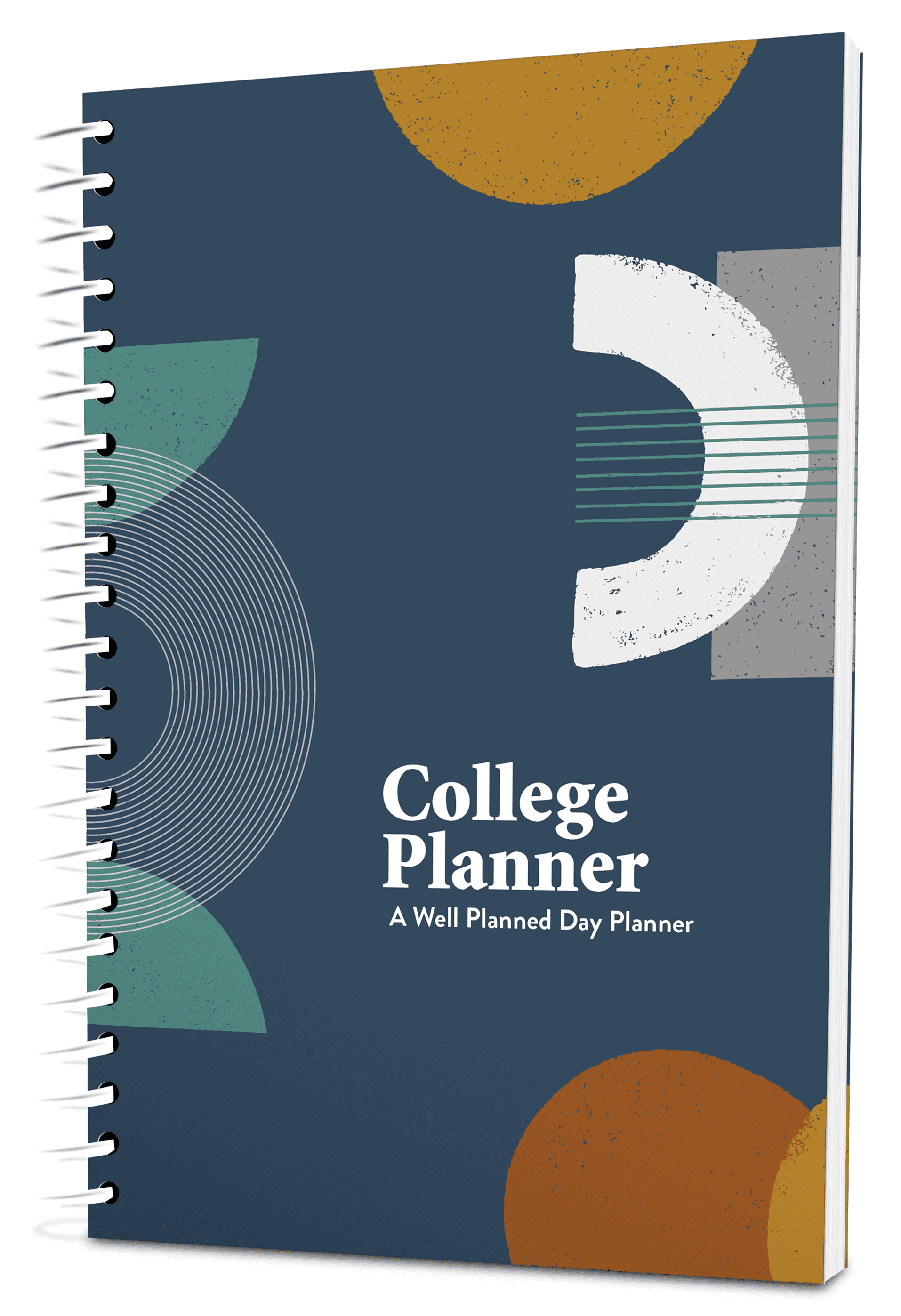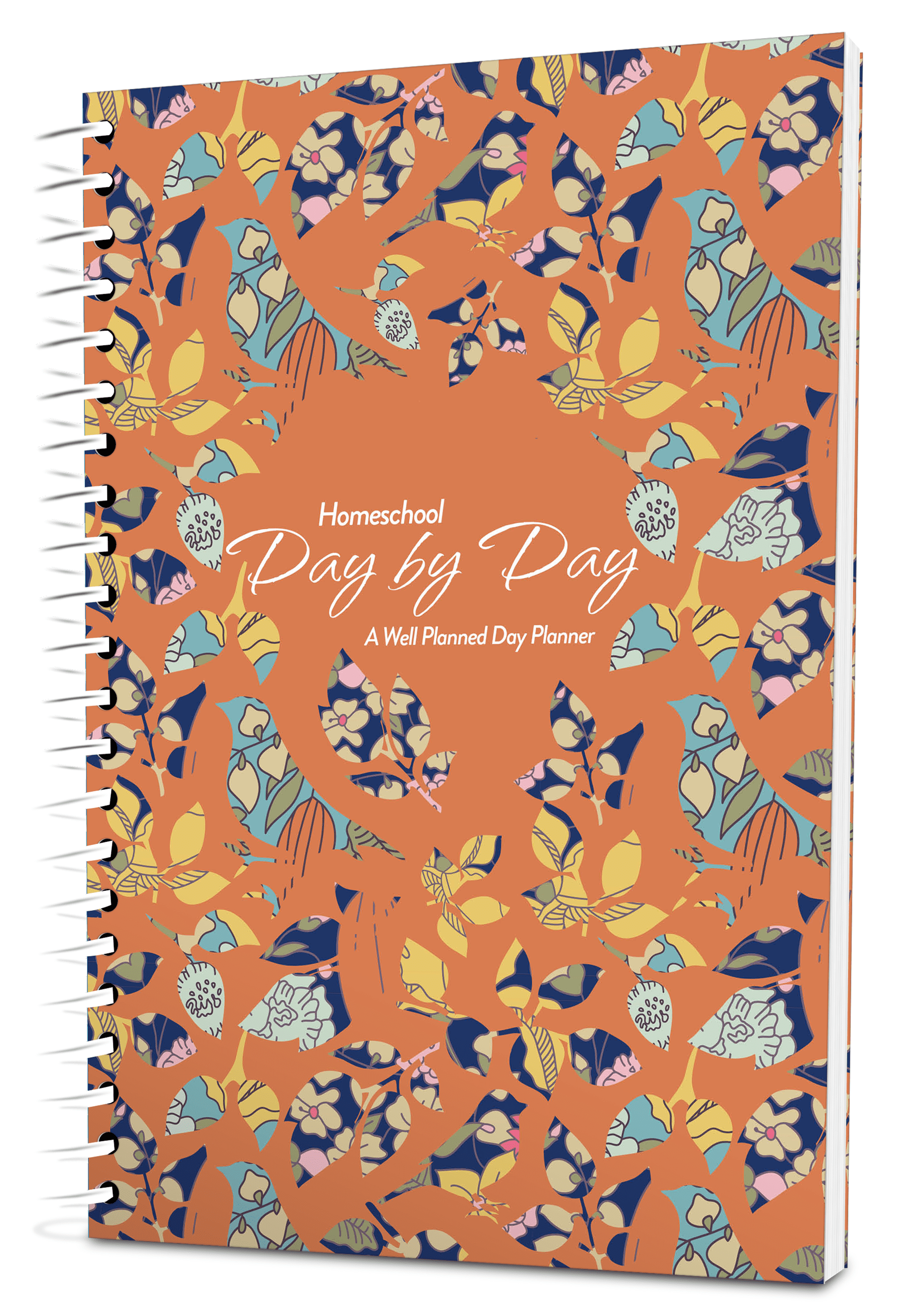Read more from Bridgeway Academy
Do you recall ninety percent of the information you were taught during the grade school years? How about fifty? Twenty? Let’s face it; all too often we did what we had to do to pass the next test or quiz and then simply forgot what we learned.
And how about those skill building courses? Did you struggle to grasp new math concepts, parts of speech, or best writing techniques, or was it smooth sailing from day one? For all too many students, new skills and concepts can be a struggle. And when difficulty sets in, the frustration can lead to even more struggle as they begin to approach those subjects with dread and/or a feeling of “I can’t do this!”
Understanding Your Child’s Learning Style
As a homeschooler, you have already made the decision to provide the best education for your children. You, like me, realize that learning can be personal, fun and engaging and want to inspire a love for learning that lasts a lifetime.
This is why understanding your child’s learning style and speaking their learning language is so critical. When you can appeal to the “who” in your child, you are better equipped to help them understand and master new concepts and get excited about learning.
And when students have the opportunity to approach new information in their preferred learning language, they are better able to think critically, solve problems, take risks, and push through tough challenges.
Most Common Learning Styles
What are the three most common learning styles and how do you know which learning style most appeals to your child?
Infants begin their lives as kinesthetic learners by investigating the world through touching and tasting. Typically, children begin to lean toward visual and auditory learning as they venture through the grade school years – learning by what they see and hear in addition to what they are physically able to touch. And by the time they reach the age of nine, they have likely developed one of the three most common learning styles.
- Visual. Visual learners prefer pictures, graphs, charts, and diagrams to help them digest information. They prefer to read the text themselves rather than listening to others. A visual learner can often be found reading information, examining pictures, illustrating ideas, and taking notes to solidify knowledge. These students can benefit from assignment notebooks, to-do lists, and calendars to help them organize. And with advancements in technology, educational apps are a great way to make learning fun for your visual learner.
- Auditory. Auditory learners prefer sound and verbalization and pick up things quickly if they are allowed to work through problems verbally. They do well in a lecture environment but excel when they hear new information in their own voice. As a result, auditory learners benefit from reading information and directions out loud, listening to audiobooks, and demonstrating their knowledge through speech and other oral presentations.
- Kinesthetic. Kinesthetic learners prefer doing, touching, and direct involvement in projects. They are usually very high-energy kids who have a difficult time sitting still for long periods of time. They tend to be most successful when they are able to explore rather than listen to or read about the concepts and information they need to learn.
Be aware that you will tend to teach in your preferred learning style when presenting new information to your students. And that can actually be a hindrance, especially if your child is already having trouble in a particular subject. Knowing both your learning style and that of your children can alleviate those academic struggles, even if your learning styles are vastly different.
How can you identify the learning styles in your home?
Bridgeway Academy offers an exclusive online Learning Style Assessment that not only identifies each individual’s learning and personality style, but also includes a complete report filled with tips, ideas, and do’s and don’ts, as well as a parenting report identifying those areas where your individual approach can lead to either conflict or amazing connections.













